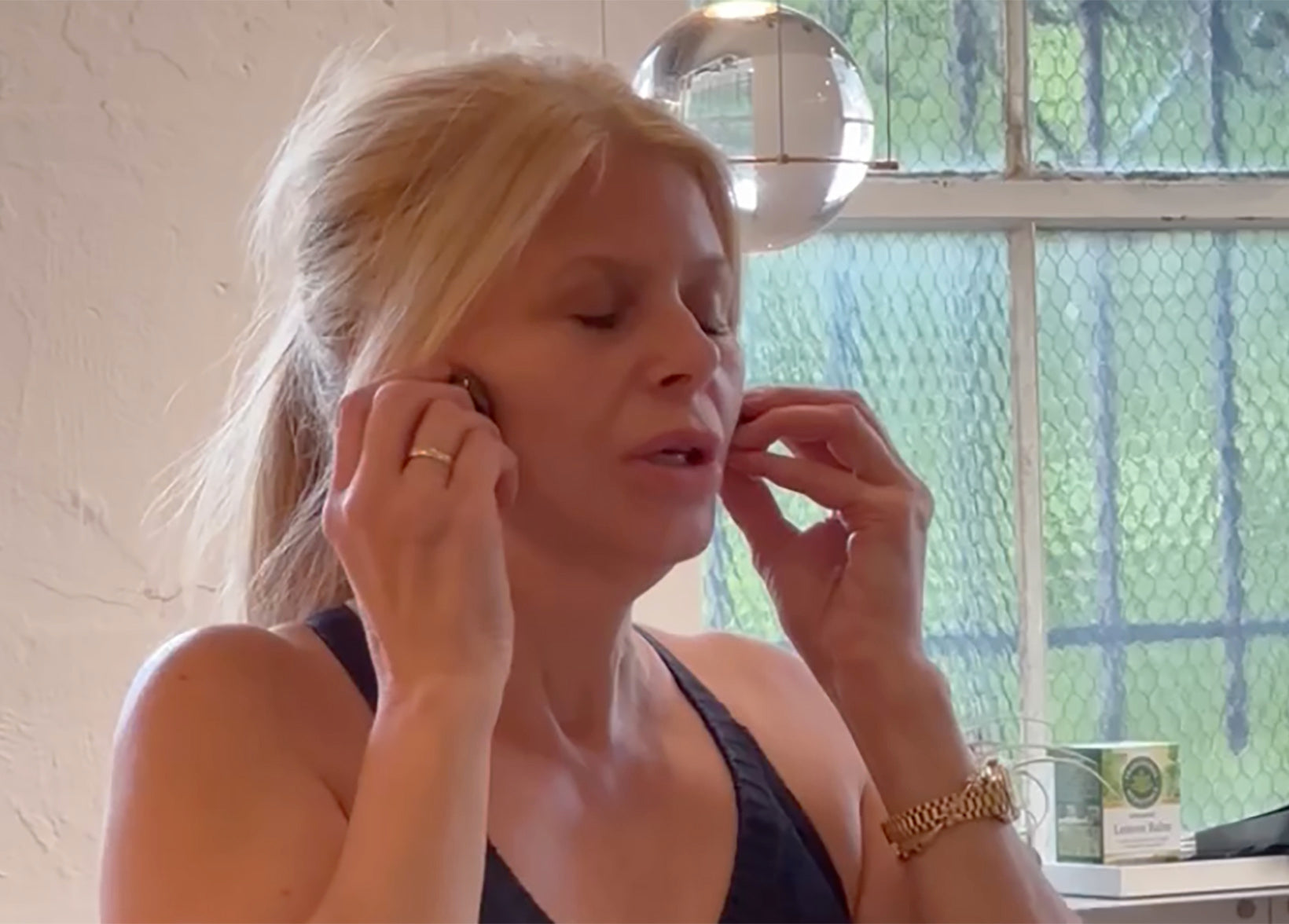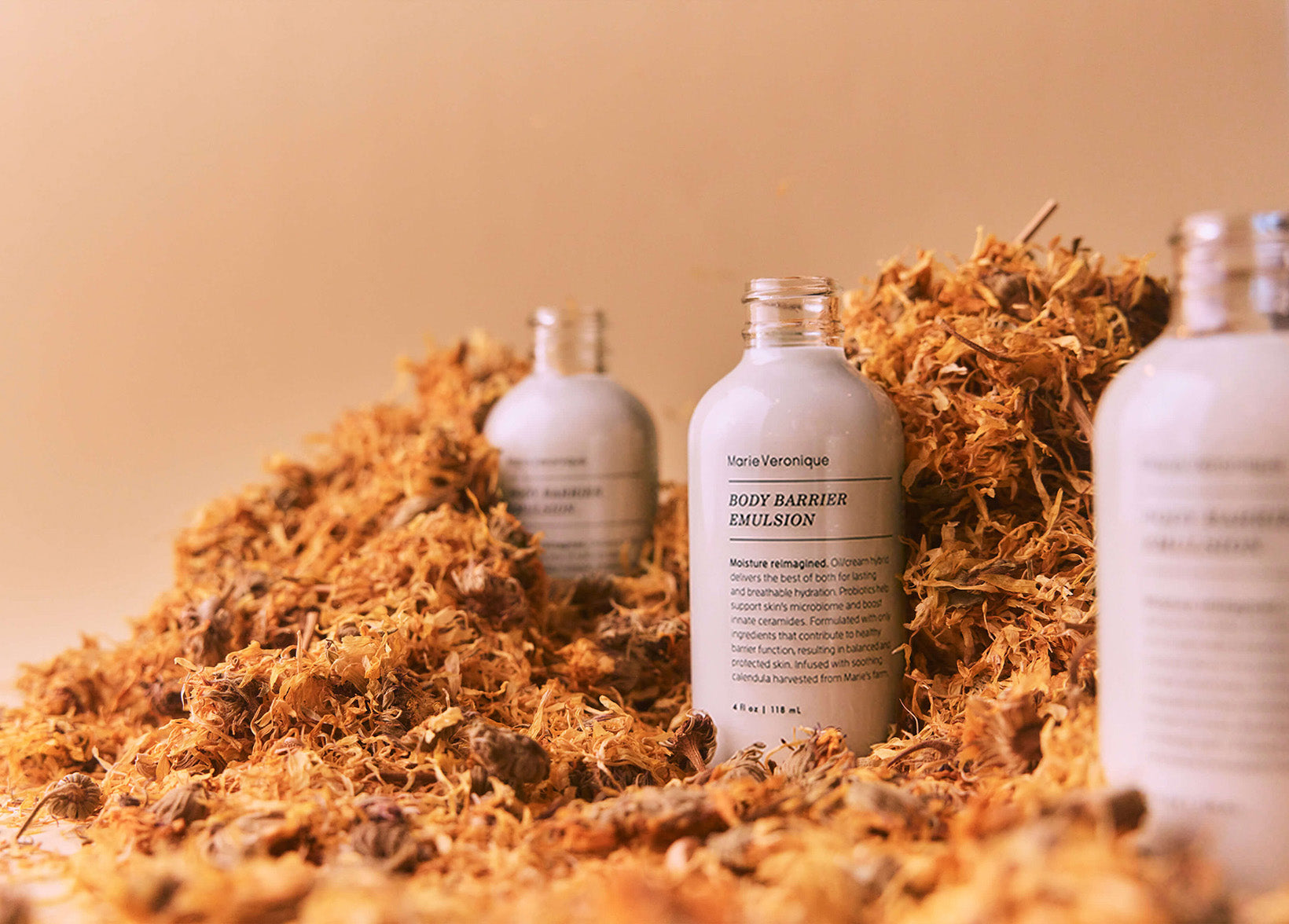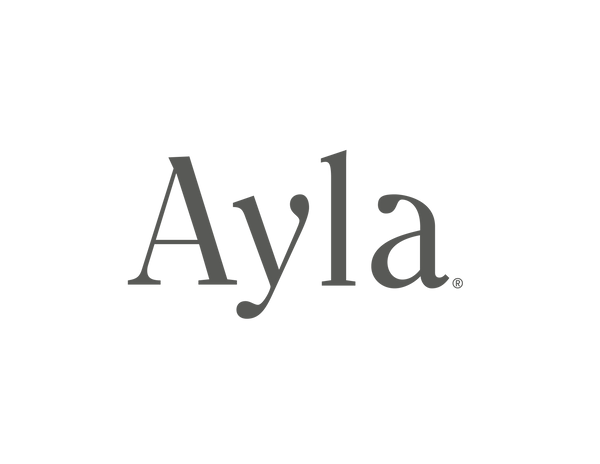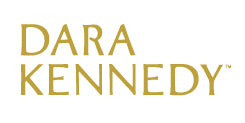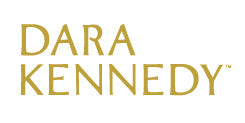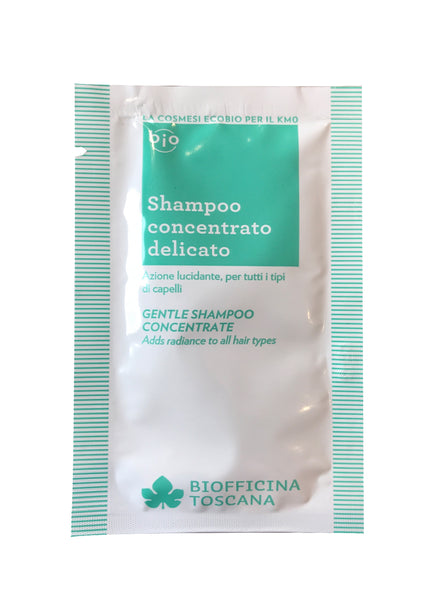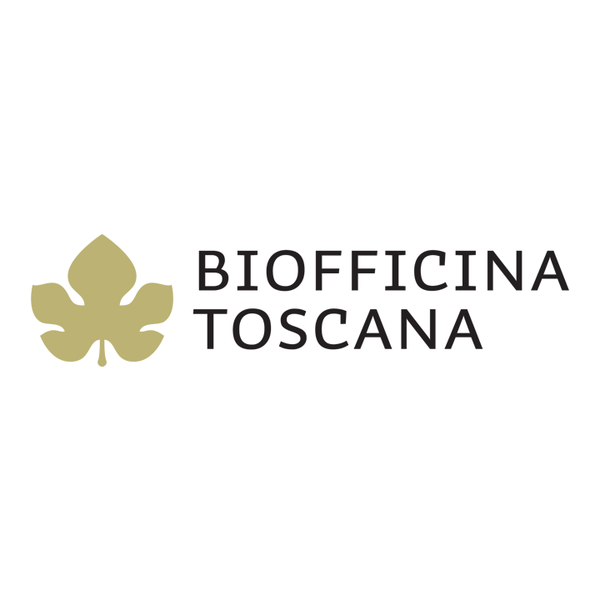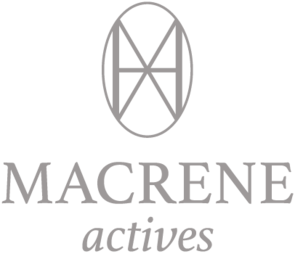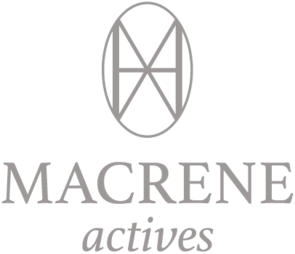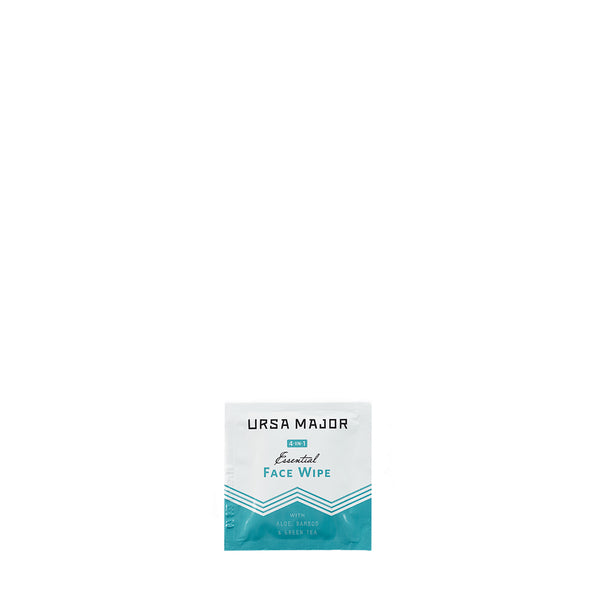Recent Articles
Of all the skin conditions we hear about, few are as intractable and infuriating as perioral / periorbital dermatitis. It usually looks like a red, flaky, bumpy set of half-moons — sometimes surrounding the mouth, sometimes surrounding the eyes — with a decidedly defiant and sometimes baleful air, one that seems to be declaring, “I’m not happy, and I’m going to STAY unhappy for as long as I want, no matter what you try to do to appease me!”
This could be why this video of two of our favorite skin gurus, Kristina Holey & Marie Veronique, is so frequently watched: they discuss what perioral and periorbital dermatitis look like, common triggers, and suggested approaches.
As always, though, we were dying for even more info. Thankfully, Kristina — who, in her role as Marie Veronique’s Director of Skin Health, has established herself as a perioral dermatitis whisperer — agreed to share some of her go-to treatments with us. Below, she covers a quick review of triggers, then digs deeper into suggested approaches for treatment. You’ll want these tips.

Perioral and periorbital dermatitis: a quick review
What it looks like
Skin is red, dry, and flaky, sometimes with pustules. Typically, it does not itch.
It can look similar to acne, but it’s regional — around mouth, around eyes – and you don’t want to extract or exfoliate/irritate the skin in this area.
Common triggers
Chemical sunscreens
Makeup or eye creams with sensitizing ingredients: preservatives, actives, colorants, fragrances
Toothpaste
Excessive exfoliation/lasers/peels
Improper regimen
Poor dental health/hygiene
Viruses
Perioral and periorbital dermatitis: what to do
First steps
Cut out/avoid the following ingredients in your products:
- Harsh cleansers containing detergents/foaming agents or exfoliants that strip the barrier of the skin. Avoid harsh exfoliants such as manual scrubs and acids in your regimen until the condition improves.
- Heavily preserved products that throw off the microbial balance of the skin.
- Oral care products that contain fluoride and sulfates (SLS). We recommend Jason, Spry, RiseWell, and Revitin. Mouthwash or toothpaste that contains xylitol can help break up biofilms caused by bacteria in the mouth area. We also suggest gargling with warm salt water and using saline nasal rinses regularly.
- Sunscreens that contain chemical blocking agents. Use only SPF formulated with non-nano zinc oxide only for its anti-inflammatory benefits.
- All topical products that contain essential oils, which can lead to sensitization. Essential oils are powerful plant compounds that have therapeutic qualities but are not appropriate for compromised skin or barrier dysfunction.
Next, modify your regimen
We advise sticking to a very simple and strategic regimen. We can offer you the best-continued support if you follow the modified regimen (below) and products exclusively (no other products, please!) for a minimum of 2-3 months, or until symptoms have improved/resolved. It will take this long for the skin to fully utilize the ingredients and heal, bringing the barrier back into balance.
To start, follow this modified regimen:
- Cleanse once per day at night with the Pure + E.O. Free Oil Cleanser (rinse with only water in the morning). Its key benefits:
- Cleans without drying; gentle enough for all skin types.
- Reduces congestion, controls oil and refines the complexion.
- Supports barrier function and microbiome integrity.
- Removes sunscreen + makeup.
- Free of any potential irritants for the most compromised skin types.
- Use Balancing HypoTonic, AM/PM. Its key benefits:
- A unique blend of humectants truly hydrates by maintaining moisture levels within the cellular/lamellar structures.
- Imperative to prep top skin layers, allowing optimum permeation of nutrient-rich serums.
- AHAs rebalance pH; pre/probiotics rebalance skin microbiome.
- Apply Barrier Restore Serum, AM/PM. Its key benefits:
- Balances moisture levels, eliminating dry, dehydrated skin.
- Corrects inflammation, including acne, dermatitis, and even aging.
- Relieves dermatitis-related conditions (allergic and atopic), and fortifies sensitive and rosacea-prone skin.
- Use non-nano zinc oxide-based sunscreen, like Everyday Coverage Tinted Sunscreen SPF 30.
- For DIY masking, use yogurt (plain, organic, full fat, live culture) to cleanse or mask. Manuka Honey is another good option for masking (it targets pathogenic bacteria associated with PD flares), either mixed with yogurt or used alone. Try to support a whole food, healthy diet, focusing on gut health and anti-inflammatory foods. Often, these symptoms stem from an internal imbalance.


